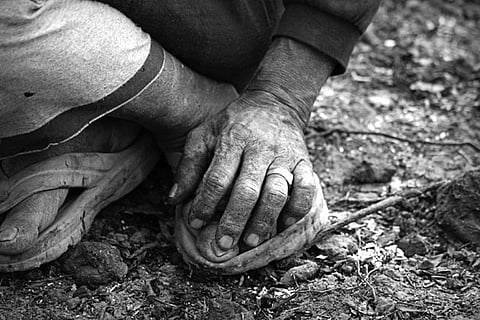From jumia to Jumma
The Bangla word 'jumia' (often written as 'jhumia', particularly in English discourses), refers to cultivators engaged in a special form of hillside agriculture, while in the Chakma language – spoken by the Chakma people of Bangladesh's Chittagong Hill Tracts (CHT) and adjacent areas such as India's Tripura and Mizoram states – the word 'jumma' denotes an ethnic category. Both words derive from 'jum' (also written as 'jhum'), which is a vernacular term found in several related languages like Bangla, Assamese and Chakma, that refers to the aforementioned system of hillside agriculture, commonly known as 'shifting cultivation', which is practiced widely in the CHT, the Northeast of India and beyond. Historically, jum in the CHT was typically oriented towards subsistence, with some local varieties of dry rice as the main crops, which were invariably grown as part of a poly-cropping system that included other products such as vegetables, spices, flowers, cotton and sesame, with the last two items having been the main cash crops in the past. Jum also involved a rotational cycle of keeping used fields fallow, allowing natural regeneration of the land.
In the CHT, the nature, extent and context of jum underwent significant transformation in recent history, particularly since the 1960s. Over approximately the past fifty years, the feasibility and relative economic importance of jum declined quite sharply. However, despite this material decline, or perhaps because of it, jum and the jumia way of life acquired new symbolic significances among former jumias. Most remarkably, jum served as the linguistic and cultural foundation of a newly constructed identity, named Jumma, which emerged in the 1970s as a collective designation for the indigenous ethnic groups ('hill people') of the CHT. The original, literal meaning of the Chakma word 'jumma', like that of the related Bangla 'jumia', designated a jum cultivator. But in practice, Jumma acquired a whole new meaning, with clear political undertones as well as special cultural connotations, regardless of the current agricultural practices of the people it came to designate. Ethnically, its boundaries remained those of the older category of 'hill people', or 'Pahari' in Bangla, which had its roots in British colonial discourse.

